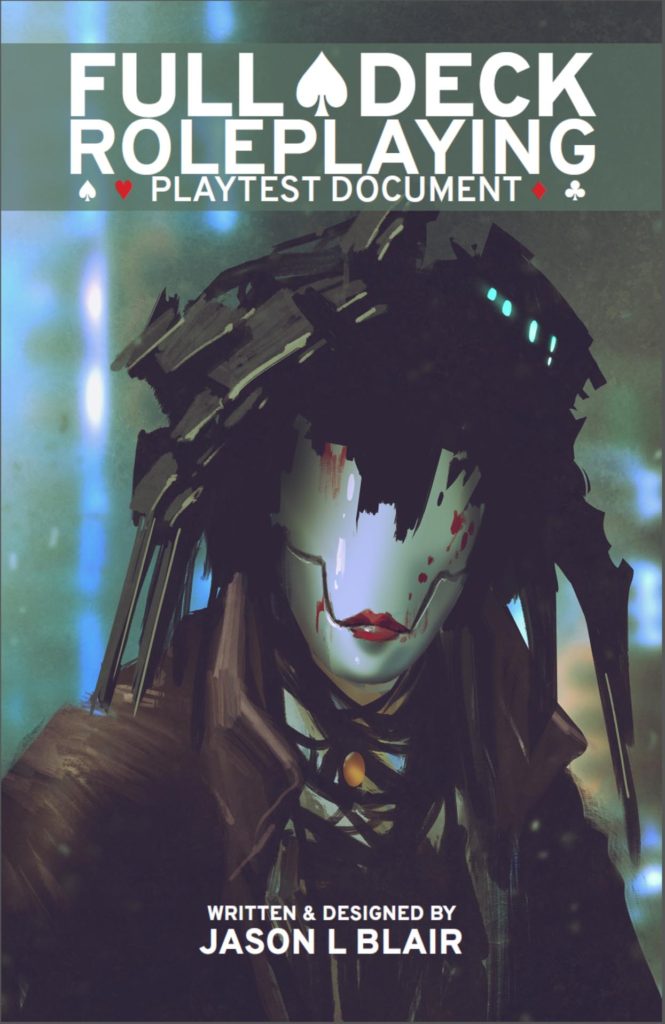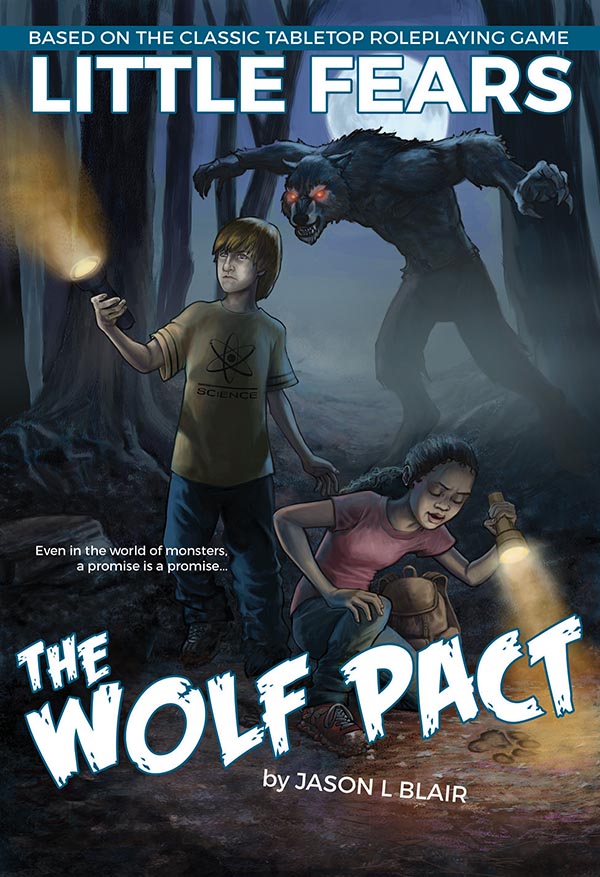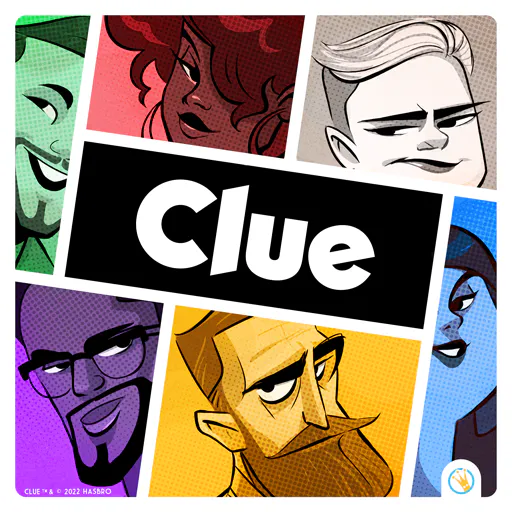-
Latest Posts
-
Latest Releases


My Sites
Tags
- adventure gamers
- agents of mayhem
- buried tales
- character collection
- comics
- conduit 2
- don't walk in winter wood
- dream project
- esoterrorists
- essays
- eulogy
- fiction
- friends
- gdc
- gencon
- haunted
- high voltage
- human head
- interviews
- kickstarter
- little fears
- movies
- nominations
- non-fiction book
- one-year plan
- operation: awesome
- pandemic
- pc games
- podcasts
- point-and-click
- prey 2
- ps2
- ps3
- ps4
- rpgs
- saints row iv
- streets of bedlam
- tales of the far west
- the bones
- transmedia
- video games
- volition
- wii
- xbox 360
- xbox one
Previously On…
- March 2025 (2)
- February 2025 (4)
- January 2025 (4)
- December 2024 (5)
- January 2024 (1)
- October 2020 (1)
- May 2020 (1)
- April 2020 (1)
- May 2019 (1)
- July 2018 (2)
- June 2018 (1)
- April 2018 (1)
- February 2018 (1)
- November 2017 (1)
- August 2017 (1)
- July 2017 (1)
- June 2017 (1)
- June 2016 (4)
- May 2016 (1)
- June 2015 (1)
- February 2015 (1)
- January 2015 (3)
- October 2014 (1)
- August 2014 (2)
- July 2014 (1)
- May 2014 (3)
- January 2014 (1)
- December 2013 (3)
- October 2013 (2)
- September 2013 (1)
- August 2013 (3)
- July 2013 (1)
- June 2013 (2)
- April 2013 (1)
- March 2013 (3)
- February 2013 (2)
- January 2013 (1)
- December 2012 (1)
- October 2012 (1)
- September 2012 (1)
- August 2012 (1)
- July 2012 (2)
- June 2012 (2)
- April 2012 (2)
- March 2012 (2)
- January 2012 (5)
- December 2011 (5)
- November 2011 (1)
- October 2011 (2)
- July 2011 (1)
- June 2011 (1)
- May 2011 (3)
- April 2011 (2)
- March 2011 (2)
- February 2011 (1)
- January 2011 (1)
- December 2010 (2)
- November 2010 (3)
- October 2010 (2)
- September 2010 (4)
- August 2010 (5)
- July 2010 (5)
- June 2010 (4)
- May 2010 (2)
- April 2010 (1)
- March 2010 (8)
Friends' Sites
- Aaron Rosenberg
- Adam Jury
- Chris Pramas
- Chuck Wendig
- Daniel Solis
- Ed Lima
- Flames Rising
- GamePlayWright
- Gareth Hanrahan
- Gareth-Michael Skarka
- James Maliszewski
- Jared Sorensen
- Jeff Tidball
- Jon Leitheusser
- Josh Neff
- Kenneth Hite
- Kevin Riepl
- Matt Forbeck
- Matt Kulka
- Matt Snyder
- Matthew Breit
- Matthew Laznicka
- Monica Valentinelli
- Paul Jessup
- Sarah Newton
- Team Preston
- Veronica V. Jones
Monthly Archives: August 2010
The Three-Headed God
Over at his blog, Daniel M. Perez shares the stomach-twisting playtest premier of his first tabletop design, a reimagining of the popular roleplaying game Vampire. Daniel’s travails at running his first design reminded me of the terror I felt when … Continue reading
Back from the Big Show
I rolled home late Sunday night still riding the high from five glorious days spent catching up with old friends, making new ones, and playing some games. I came to GenCon for the sole purpose of seeing friends and kept … Continue reading
GenCon on my Mind
I’m heading out to GenCon Indy soon, my first since 2006, and I’m quite excited to see a lot of friends I haven’t in that time and hopefully come away with a few more. I’m going as a civilian this … Continue reading
Character Collection: Dark•Matter (Alternity)
I was turned onto Alternity about this time last year. Though I forget the source of the initial spark, the fire caught quick and burned bright. I read everything I could on it, scouring Wikipedia, online reviews, and the excellent … Continue reading
Posted in character collection, rpg
Tagged alternity, character collection, dark matter, rpgs
Leave a comment
Conduit 2 Box Art Revealed!
I really enjoyed my time on Conduit 2 working with the great folks at High Voltage Software. While I can’t share much about the game, I am very happy that Sega has released the cover art for it, which I … Continue reading

